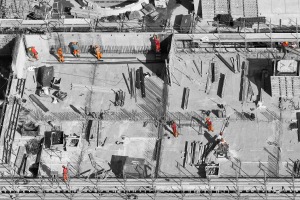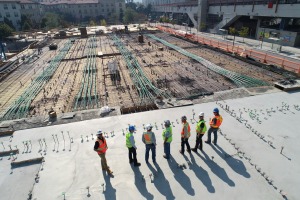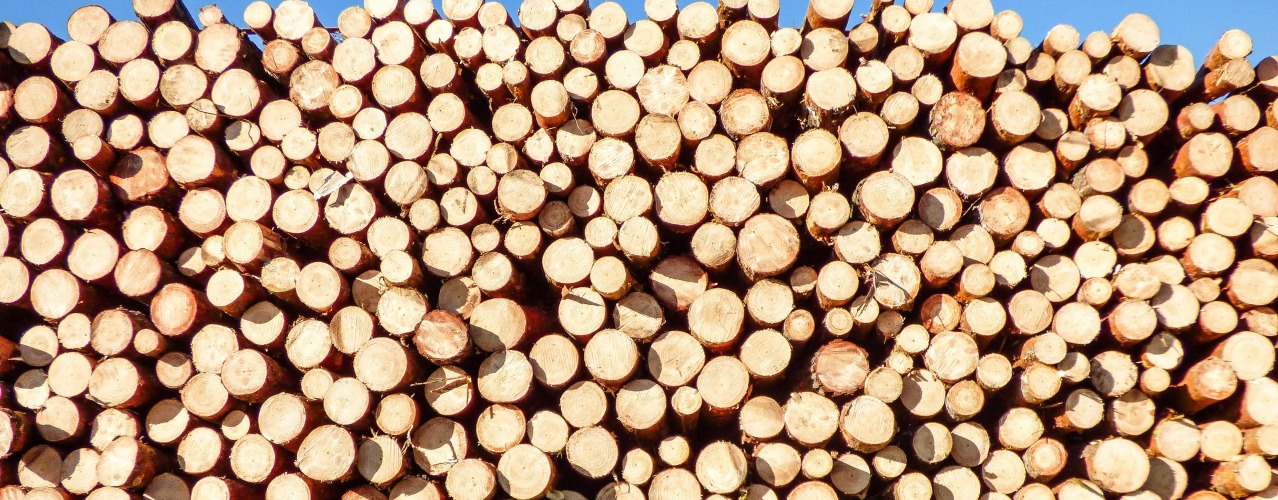

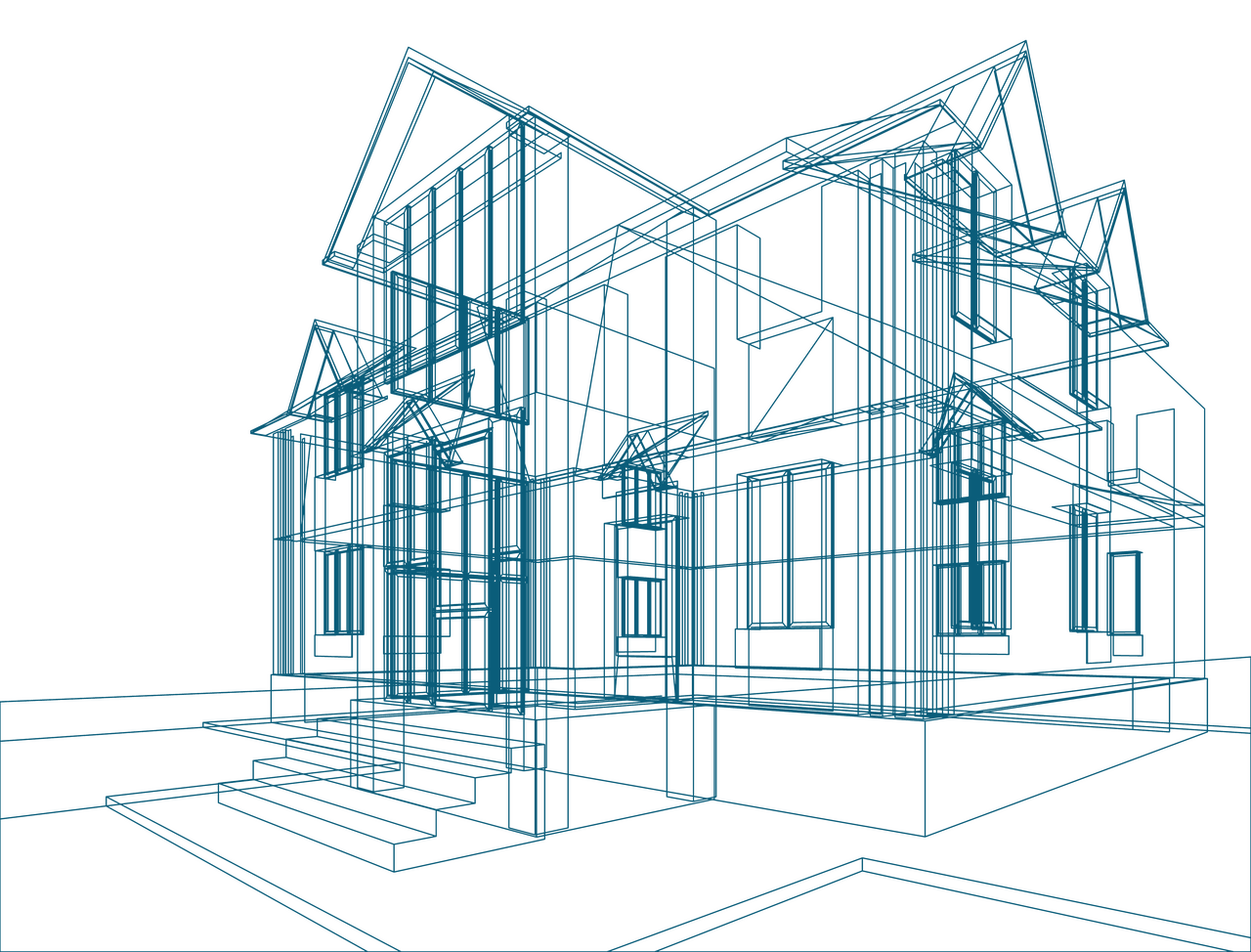
Market report
Market Trends in Construction Materials
The European Architectural Barometer provides insights into construction material trends, including price fluctuations, demand shifts, and future market outlooks.
Blogs I published 17 July 2024 I Dirk Hoogenboom
Are Lumber Prices Going Up or Down in 2025?
Timber! The lumber market has been a rollercoaster ride in recent years, with prices soaring to unprecedented heights before experiencing a much-needed, and long-awaited, correction. With the (saw)dust now finally settling and the market stabilizing, it’s time to look ahead to understand upcoming trends that will shape the lumber industry in the coming years. Is the lumber market finally finding its footing or are more ups-and-downs on the horizon? Let’s find out.
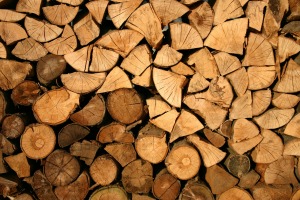

Causes of The Boom in Wood
Before going over the details, it’s important to look at some of the key factors that have impacted the big picture. An unexpected spike in prices was mostly due to a perfect storm of high demand, supply chain disruptions and a global emphasis on sustainability. Wood, once a relatively stable commodity, suddenly became the darling of the construction industry and once the market picked up on this trend, the spotlight grew ever more pronounced. This was due to three main factors.
Persistent Demand
A surge in housing starts, fuelled by low-interest rates and a shift towards remote work, resulted in a robust demand for construction materials. This growing appetite for new homes and renovations placed immense pressure on the lumber supply chain. Additionally, the DIY boom, spurred by pandemic lockdowns, further fuelled demand for wood products as homeowners embarked on home improvement projects.
A Disrupted Supply Chain
Major lumber-producing countries were faced with significant wood production pressures, exacerbated by the aftermath of the COVID-19 pandemic, intensified by extreme weather events and, surprisingly, compounded by beetle swarms that racked up prices 200-300%. So, from the supply side, issues – particularly impacting Canada and the US – collided with high demand. Importing prices were thus too high, so a lot of excess wood didn’t make it to the market, with Europe relying on its local infrastructure.
Shift Towards Sustainability
Looking closely, one of the biggest factors driving a continued demand for wood is its glowing reputation as a sustainable building material. Increasingly concerned by its environmental impact, the construction industry swayed heavily towards wood as a building material, and with good reason. From its ability to store carbon to its renewable nature, wood is seen as a greener alternative to other materials, going hand-in-hand with the construction boom. This trend aligns perfectly with broader building material trends in 2025 that emphasize sustainability.


The Future of Lumber
The period of intense volatility is now finding equilibrium, and with it – stable future prospects. The road ahead seems positive and confident, with 2025 looking optimistic and our stats indicating a lasting, favourable trend seeping all the way into 2029. The construction sector will be the driving force behind this growth, with architects and contractors dead set on a promising landscape for the lumber industry. So, let’s talk specifics about material usage trends and the long-haul.
Building Envelope
Our metrics show a significant upswing vis-à-vis building envelope materials, with timber sheets headed for popularity and a substantial increase of +41%, as opposed to masonry bricks (+12%), prefab concrete (+23%) or metal sheets (+16%). German (+67%) and Dutch (+65%) trends seem particularly favourable.
Façade materials
We’re seeing a telling rise of +46% in expected use of wood in façade materials, overwhelmingly dominating stone wool cladding (+22%), fibre cement panels (17%) and HPL panels (12%). Most notably, Germany (+59%), France (+56%) and The Netherlands (+47%) are poised for a five year growth pattern.
Prefab trends
As far as architects are concerned, for fully finished prefabricated elements, wood is clearly a dominant structural basic material. Façades are expected to prevail with a 40% stake, followed by a “close second” in concrete (29%), inner walls 43% with concrete at 19%, while pitched roofs will take the win with 55% overall projected value in wood, with concrete at 11%. Contractors, however, still favour concrete when it comes to plain and unfinished elements, so a trend of friction and growth is noted for both elements, with wood eventually taking centre-stage. For the time being, concrete is still very much present, but its share is decreasing.
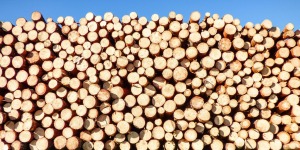

The growth of prefab is not expected to increase strongly short-term, but is set to accelerate mid-term, with architects reporting a 33%-39% jump come 2030 and contractors dipping to 35% in 2025, but rebounding in 2030 with 40%.
Conclusion
The lumber market has undergone a significant transformation in recent years. With prices finding balance and demand remaining robust, the future of wood in construction looks promising. A combination of factors, including increased demand driven by construction and sustainability trends, and a shift towards wood in building envelopes and prefabricated structures, is propelling the industry forward.
Data indicates a promising trajectory for the lumber market, with a growing preference for wood as a building material across various construction sectors. This shift, combined with ongoing construction activity and a renewed focus on sustainability, positions the industry for sustained growth.
As the construction industry continues to evolve, the lumber market is well-positioned to capitalize on the growing demand for sustainable and innovative building solutions. To stay updated on the latest developments in the lumber market, keep a look out for USP’s research market reports, webinars and stats.
Construction Consulting Services for You
We provide tailor-made market research and off-the-shelf reports, both B2B & B2C, qualitative and quantitative. Here are some you might be interested in
Explore lumber market fluctuations to understand overall demand and potential growth.
Adapt your pricing strategies in response to volatile lumber costs and market trends.
Pinpoint the key factors influencing lumber pricing and shape a more resilient strategy.

Read more

Fresh Insights Await
Our relevant reports
Delve into the newest findings across various market segments, crafted for a cutting-edge overview. Explore our insightful reports, brimming with up-to-date data, trend analyses, and in-depth examinations, all tailored to provide you with a comprehensive understanding of the current market dynamics.
Construction
Home Improvement
Installation
Special reports
Construction
Smart Materials and Buildings Q4 2024
2024 85 pages
Explore the evolving future in construction sector among European architects in Q4 2024. Delve into the factors driving material preferences and the impact on construction aesthetics and sustainability.
2,000 Euro
Construction
Digitalisation and BIM H2 2024
2025 64 pages
Uncover the preferred purchase channels of contractors in H2 2024, and understand how purchasing behaviors evolved. This report provides insights into the factors influencing purchasing decisions among contractors.
6,000 Euro
Construction
Decision making process Q3 2024
2024 87 pages
Unveil the decision-making processes in the construction industry through the lens of European architects. Discover the factors that influence crucial decisions and the interplay among different stakeholders.
2,000 Euro
Construction
Prefab H1 2024
2024 63 pages
Discover the adoption rate and benefits of prefabrication technology among European contractors in H1 2024. Understand the driving forces behind prefab usage and its impact on project efficiency and cost-saving.
6,000 Euro
Construction
Future of construction Q2 2024
2024 82 pages
Explore the evolving future in construction sector among European architects in Q2 2024. Delve into the factors driving material preferences and the impact on construction aesthetics and sustainability.
2,000 Euro
Construction
Sustainability 2024
2024 72 pages
Painter Insight Monitor 2024 will focus on understanding the specific needs, preferences, and challenges faced by painters when it comes to sustainable products.
11,000 Euro
Home Improvement
DIY vs DIFM Q4 2024
2025 76 pages
Explore the prevailing trends between DIY and DIFM in Q4 2024. Understand consumer preferences and the factors influencing their choice between DIY and DIFM.
3,500 Euros
Home Improvement
Branding Q3 2024
2024 74 pages
Discover the power of branding in the home improvement sector. Explore how strong branding influences consumer preferences and purchase decisions.
3,500 Euro
Home Improvement
European Garden Monitor
2023 43 pages
Explore the European Garden Monitor, a comprehensive platform dedicated to garden health monitoring in Europe. Access valuable resources and expert advice today.
12,000 Euro
Home Improvement
Purchase channels Q2 2024
2024 90 pages
The European Home Improvement Monitor offers valuable insights on purchase channels in the European home improvement industry, examining the evolving preferences and behaviors of consumers across traditional retail and emerging online platforms.
3,500 Euro
Home Improvement
Sustainability Q1 2024
2024 81 pages
Delve into sustainability trends in the home improvement sector in Q1 2024. Discover consumer preferences and the shift towards eco-friendly home improvement solutions.
3,500 Euro
Home Improvement
DIY versus DIFM Q4 2021
2024 113 pages
This report is a must-have if you’re in the home improvement industry. It provides a wealth of information on the behaviour of DIY and DIFM consumers, their motivations, and the factors that influence their purchasing decisions.
3,150 Euro
Installation
Training needs Q1 2025
2025 100 pages
This report offers an overview of installers’ habits and preferences concerning their education. Furthermore, the report encompasses the pervasive challenge of workforce shortage and explores the sector’s strategies for resolving this issue.
3,250 Euro
Installation
Media orientation Q4 2024
2025 128 pages
The European Mechanical Installation Monitor report provides a detailed analysis of the plumbing and HVAC industry. This report specifically focuses on Media Orientation in the industry.
2,800 Euro
Installation
Services in the installation sector Q4 2024
2025 102 pages
This report provides a comprehensive view of the installer's requirements for services from manufacturers. Within the report, you will find information on the most needed services in each category: commercial processes, engineering, products & installation, and repair & maintenance. It also examines the services that installers offer to their customers.
3,250 Euro
Installation
Prefab Q3 2024
2024 110 pages
Uncover the adoption of prefabricated products in HVAC installations during Q2 2022. Delve into the benefits and challenges associated with prefabrication in HVAC.
2,800 Euro
Installation
Prefab Q3 2024
2024 119 pages
This report offers a comprehensive view of the installers’ involvement and needs regarding prefabricated electrical installations.
3,250 Euro
Installation
Smart & Connected Products Q2 2024
2024 120 pages
This report provides a comprehensive view of the attitudes of installers toward smart building solutions, specifically among electrical installers and their clients. In the report, you will find insights into the installers' experiences with installing smart products and the willingness of end users to invest in such solutions, as well as their motivations and pain points.
3,250 Euro
Special reports
European Sustainability Report 2024
2025 51 pages
This report provides in-depth insights based on triangulation of key market information and data as well as data from USP Marketing Consultancy’s key monitors that are carried out year in, year out. The focus of this report is on the most important stakeholders within the construction industry, namely architects, contractors, electrical and HVAC installers within The United Kingdom, The Netherlands, Belgium, Germany, Poland, France, Italy, and Spain.
3,950 Euro
Special reports
European Sustainability Report 2024
2024 51 pages
This report provides in-depth insights based on triangulation of key market information and data as well as data from USP Marketing Consultancy’s key monitors that are carried out year in, year out. The focus of this report is on the most important stakeholders within the construction industry, namely architects, contractors, electrical and HVAC installers within The United Kingdom, The Netherlands, Belgium, Germany, Poland, France, Italy, and Spain.
3,950 Euro












